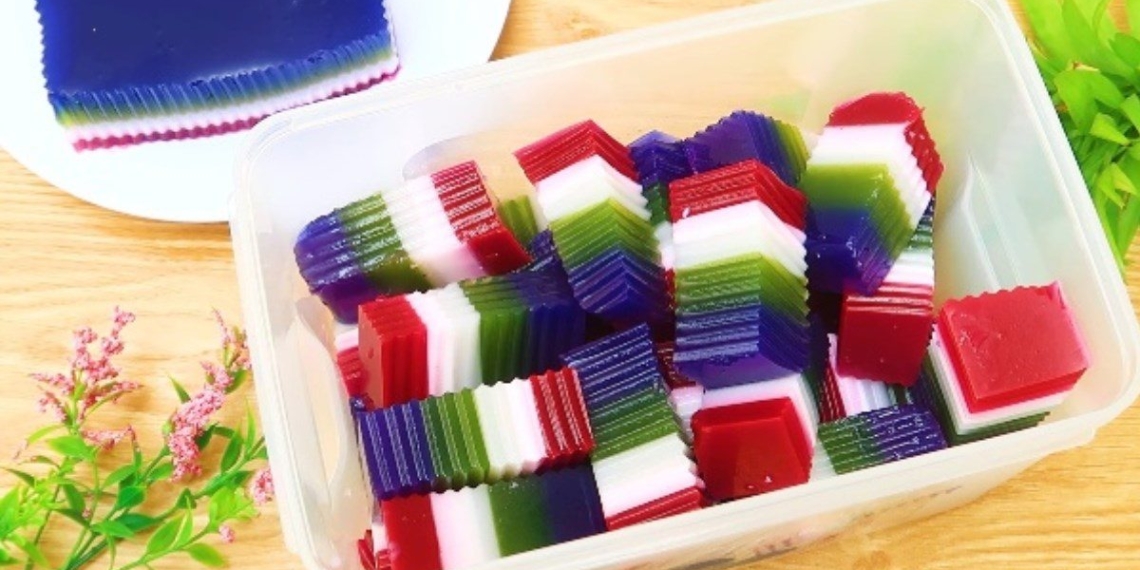-
Preparation
30 minutes
-
Cooking
30 minutes
-
Difficulty
Easy
Ingredients for Colorful Jelly Serves 3 people
Agar powder 25 gr (1 packet) Dried butterfly pea flowers 10 gr Pandan leaves 30 gr Screwpine leaves 100 gr (2 bunches) Coconut milk 250 ml Sugar 500 gr
How to choose dried butterfly pea flowers
- Dried butterfly pea flowers can most commonly be found in supermarkets, and you can always be assured of their origin while also easily checking the product’s expiration date.
- Additionally, you can trust traditional markets to find them. However, still choose reputable places, and especially observe carefully to see if the butterfly pea flowers are moldy or not.
- Moreover, they are also sold extensively on e-commerce platforms. Just find a reputable brand and place an order, and it will be delivered right to your location.
See more: Benefits of butterfly pea flower tea
What is jelly powder? The difference between firm jelly and soft jelly
- Jelly powder is made from natural ingredients such as seaweed, apples,… each type of jelly can be made from various raw materials but is usually derived from natural plant sources.
- Jelly powder is used to make jelly dishes, thanks to its adhesive properties creating a unique texture that is firm yet chewy and elastic of the jelly dish.
- There are 2 types of jelly powder: soft jelly powder (Carrageenan or jelly) and firm jelly powder (Agar)
- Firm jelly powder will create a firm and slightly hard product. Meanwhile, soft jelly powder will create a softer, more wobbly product compared to firm jelly powder.
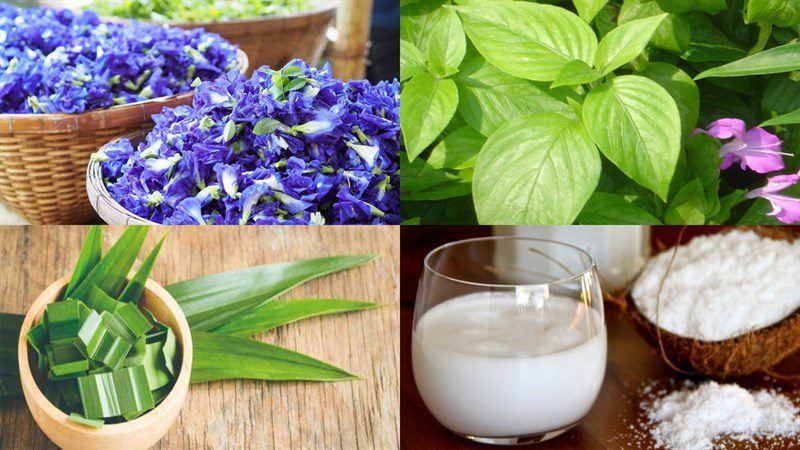
Required tools:
How to make colorful jelly
-
Soak jelly powder
Take a pot, add 25g of firm jelly powder, 500g of sugar, and 1.5 liters of water, stir the mixture well, and let it sit for 30 minutes for the jelly powder to swell.
Tip: To prevent the jelly powder from clumping, stir the sugar and powder well before adding water.
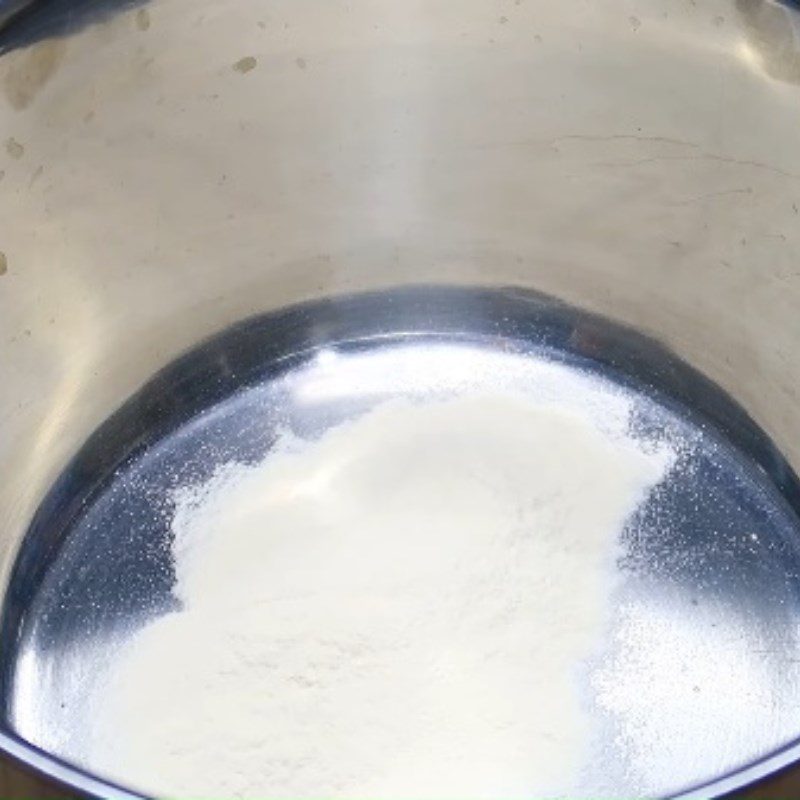

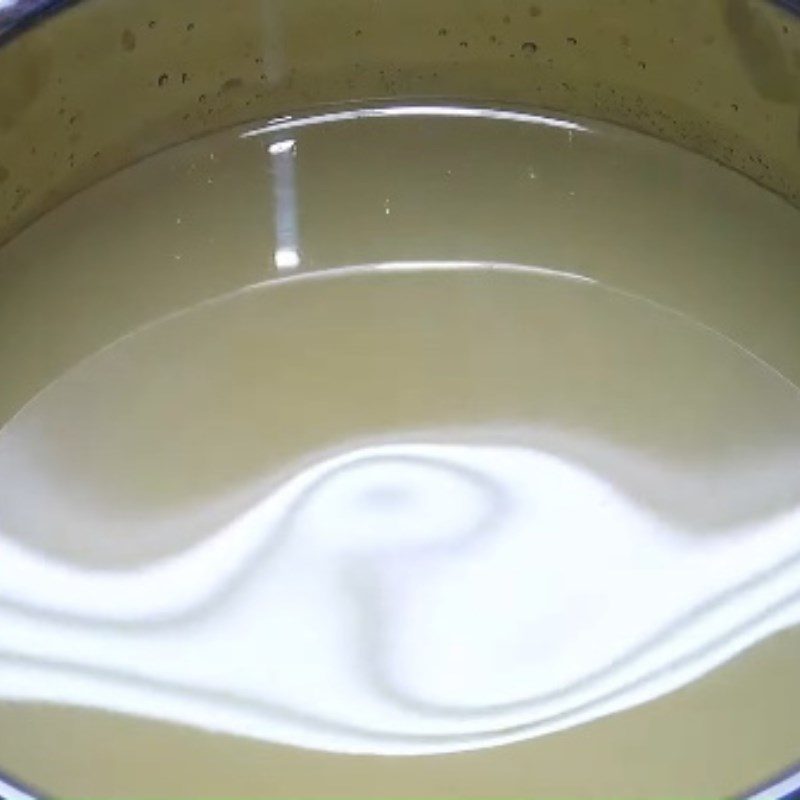

-
Colorful Water Filtration
Use scissors to finely chop the purple rice leaves and place them in a pot with 300ml of water. Bring to a boil over low heat for 10 – 15 minutes. When the water turns red, turn off the heat and strain the juice.
Next, place 10g of dried butterfly pea flowers in a bowl with 250ml of boiling water and soak for 10 – 15 minutes. Then use a strainer to filter the juice.
As for the pandan leaves, after purchasing, trim the roots, wash them clean, chop finely, and put them in a blender with 250ml of water to blend until smooth. Once the mixture is fine, use a strainer or clean cloth to extract the juice.
Tip:
- To make the pandan leaves color more beautiful while reducing bitterness, soak them in warm water for 5 – 10 minutes before blending.
- If you don’t have a blender, you can extract the juice by crushing the pandan leaves until they are mashed, then mix with water and strain.
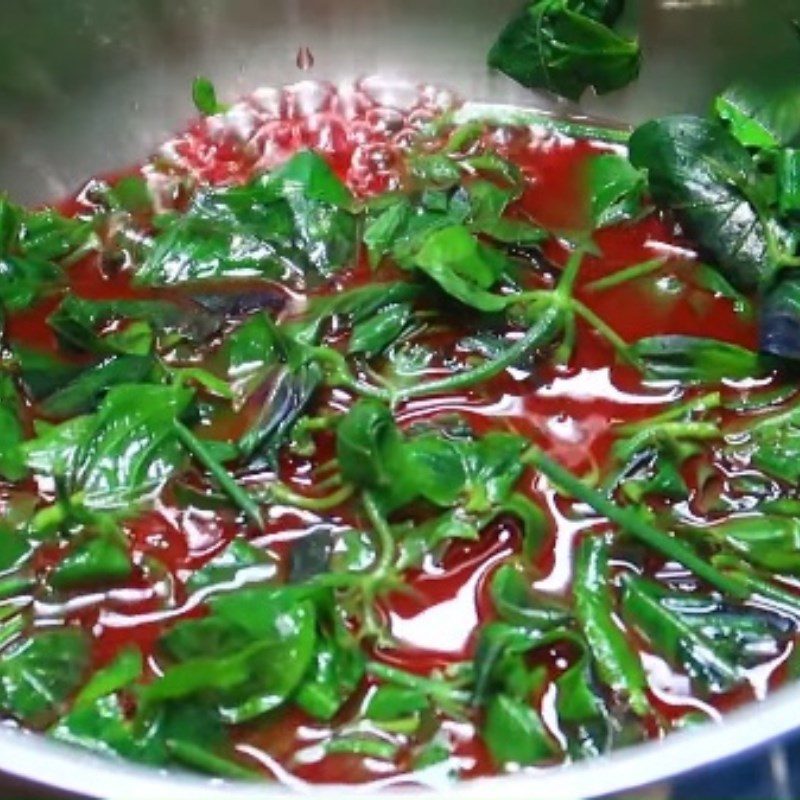


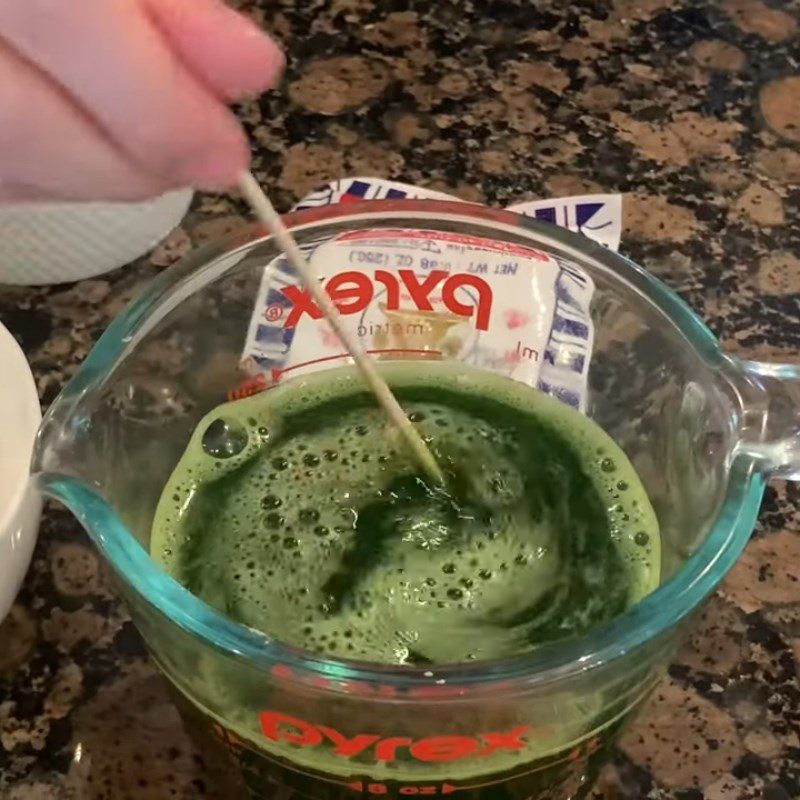
-
Cook the jelly and mix the colors
After the jelly powder has bloomed, place the soaked jelly powder pot on the stove over medium-high heat for about 10-15 minutes.
When the jelly starts to boil, reduce the heat to low and cook for another 5 minutes, then turn off the heat and divide it into 4 equal portions into bowls.
Next, gradually add 250ml of butterfly pea flower water, 250ml of pandan leaf water, 250ml of coconut milk, and 250ml of water from the blue butterfly leaf into the divided jelly portions, then stir well to dissolve the mixture.
Tip:
- To make the coconut milk color beautiful and free of tiny sediments, let it sit for 10-15 minutes before adding it to allow the sediment to settle at the bottom.
- To ensure the jelly is clear and not cloudy, remember to skim off the foam while cooking.
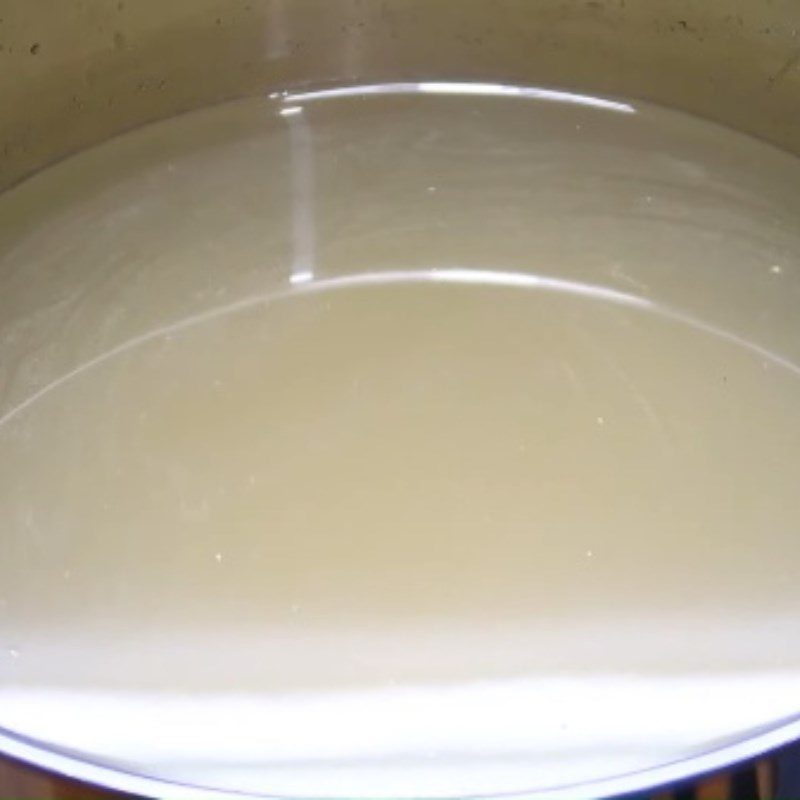

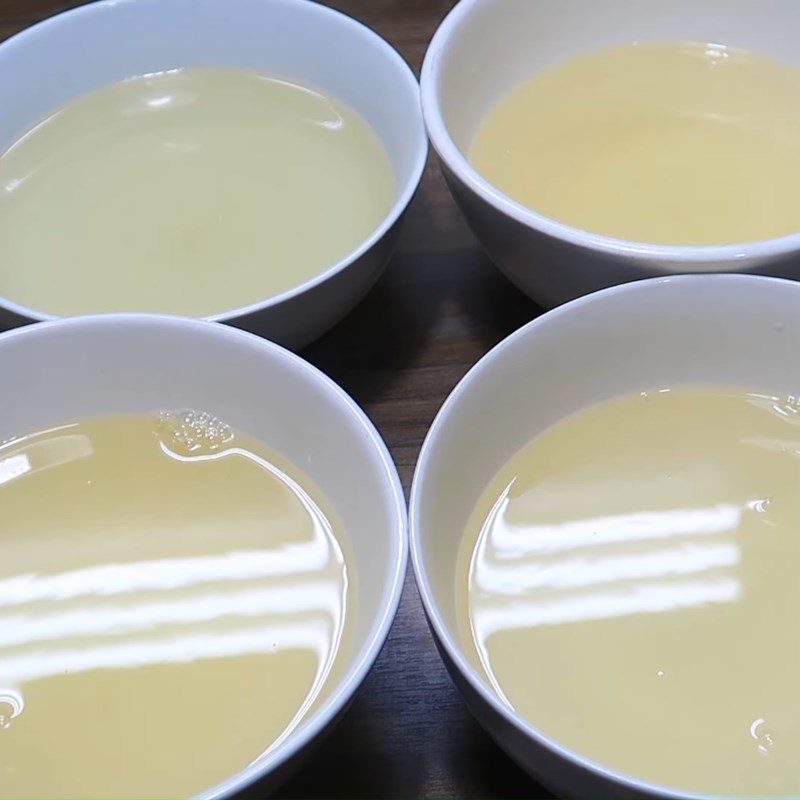
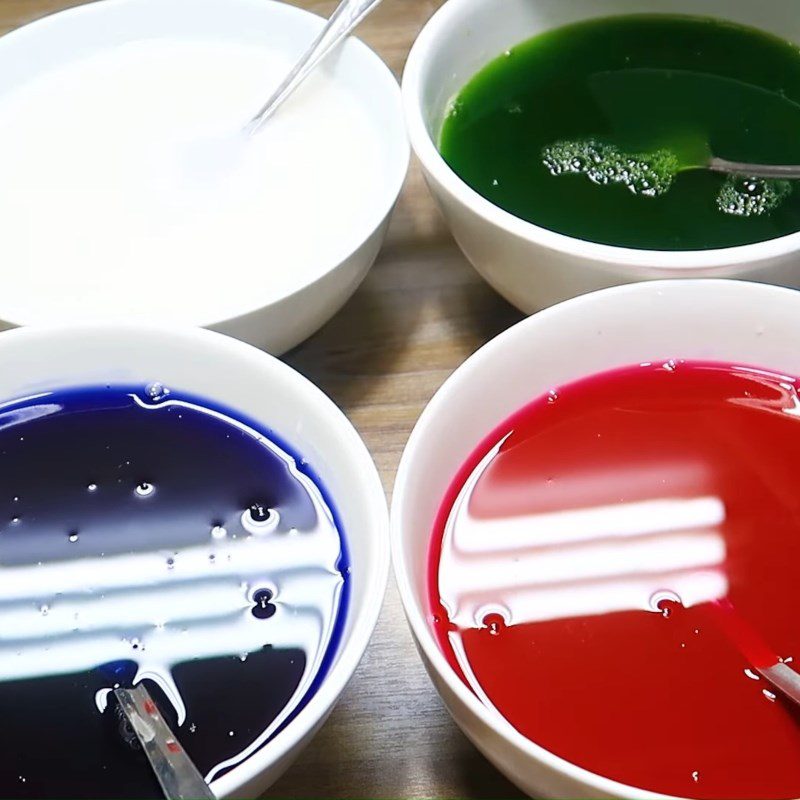
-
Pouring into molds and setting the jelly
Once you have cooked the 4 parts of jelly, prepare a mold and pour the butterfly pea jelly layer in first, then let it set for about 5 – 7 minutes before continuing to pour the pandan jelly layer.
Next is the coconut jelly layer and the butterfly pea jelly. You can pour the layers of jelly colors according to your preference.
Tip:
- To prevent the layers from mixing together, you can check the jelly’s firmness by touching it with your hand; if it feels dry and slightly sticky, it’s ready.
- Before pouring a layer of jelly color, you should warm up that jelly color to avoid it setting before pouring into the mold.
- When adding each layer into the mold, do not pour it all at once too forcefully; instead, scoop each ladle gently.
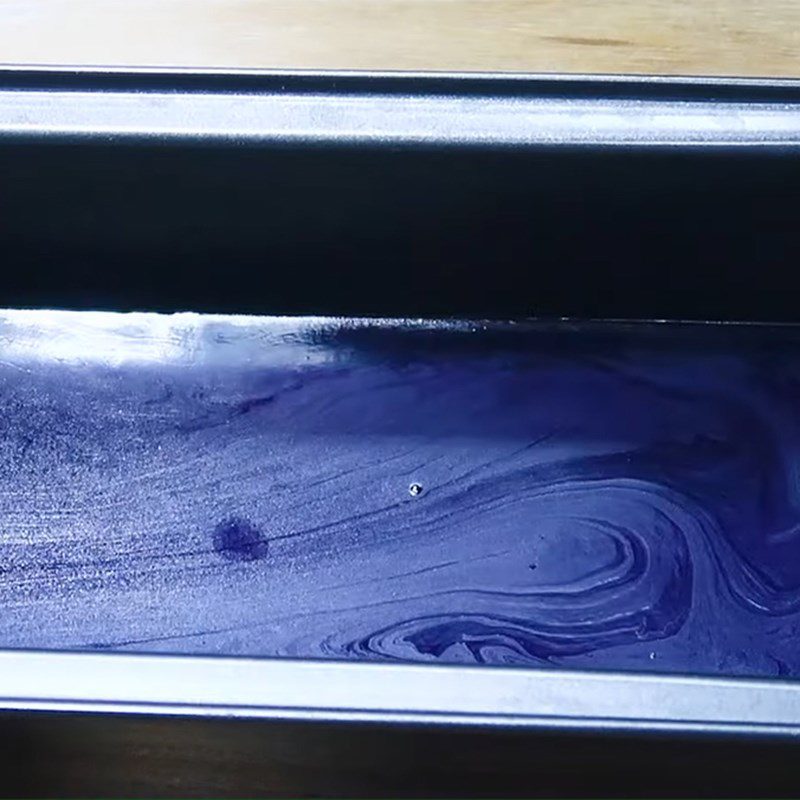
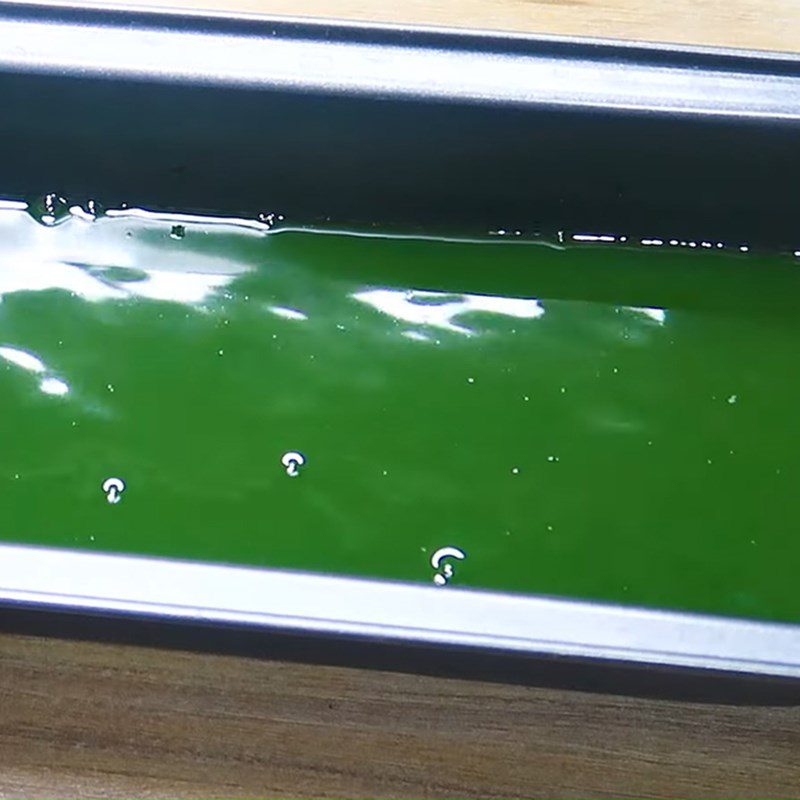
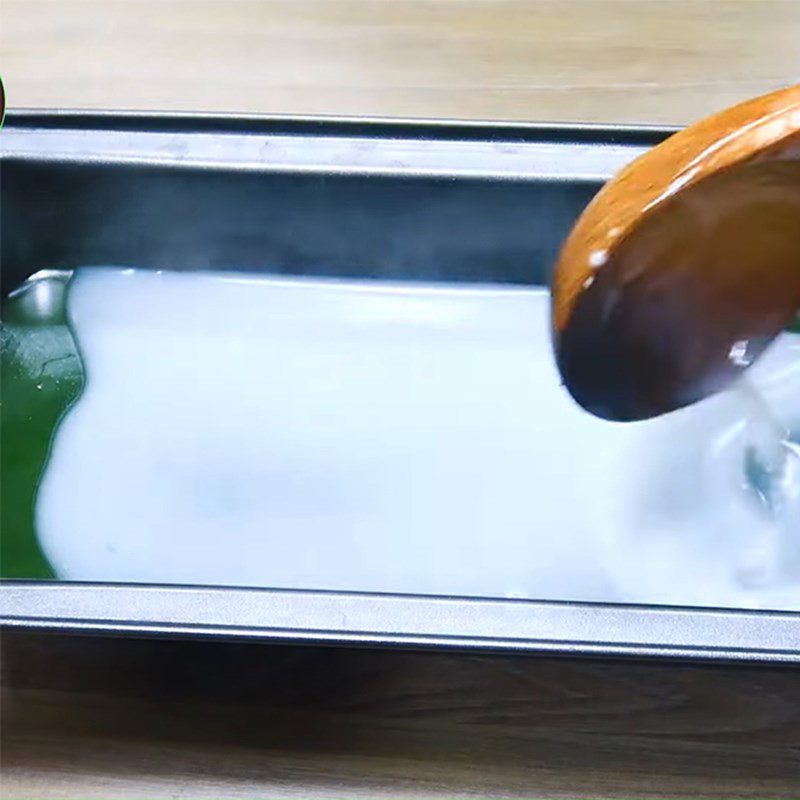
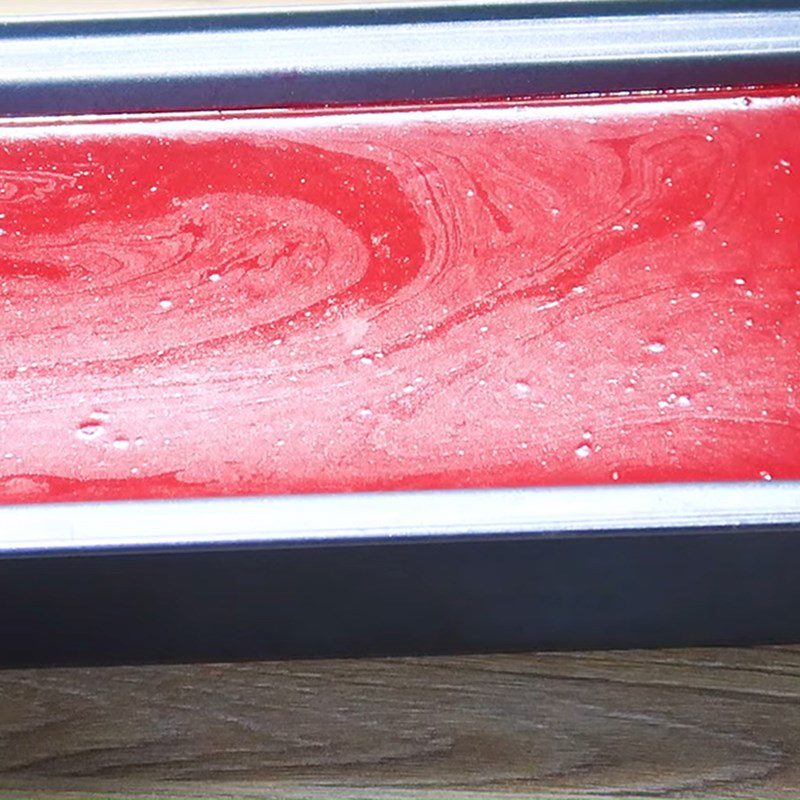
-
Final Product
The colorful jelly dessert captivates everyone at first glance. Each layer interleaved with various colors is incredibly eye-catching and appealing.
The jelly is chewy and crunchy, and the sweetness is just right, reducing any overwhelming taste. The natural flavors of the layers, which do not contain artificial colors, make it exceptionally delicious.
Of course, the jelly will taste better when served cold. Let’s enjoy it and chat with the family right away!
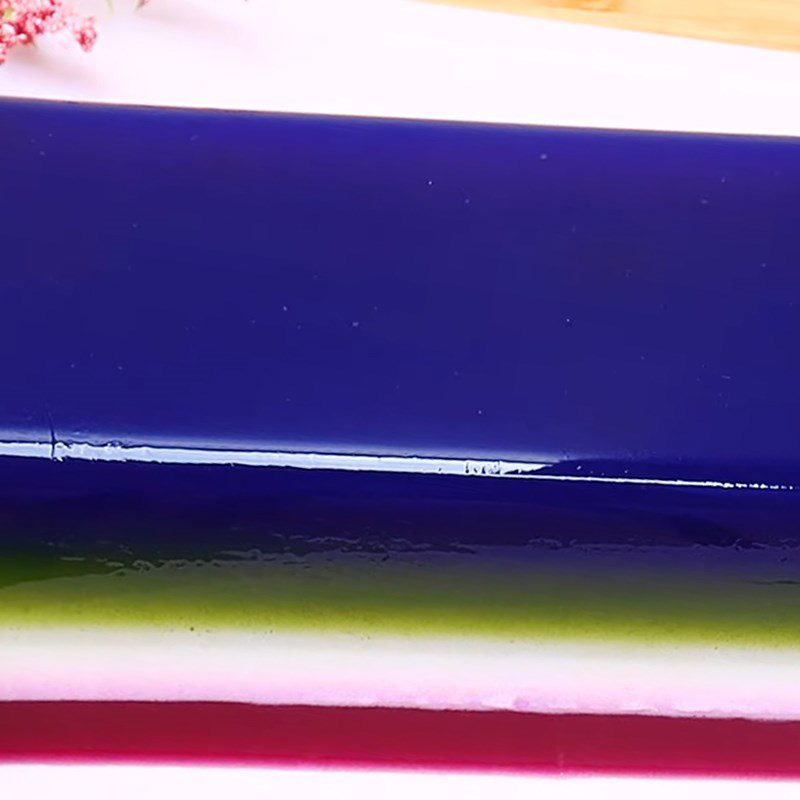
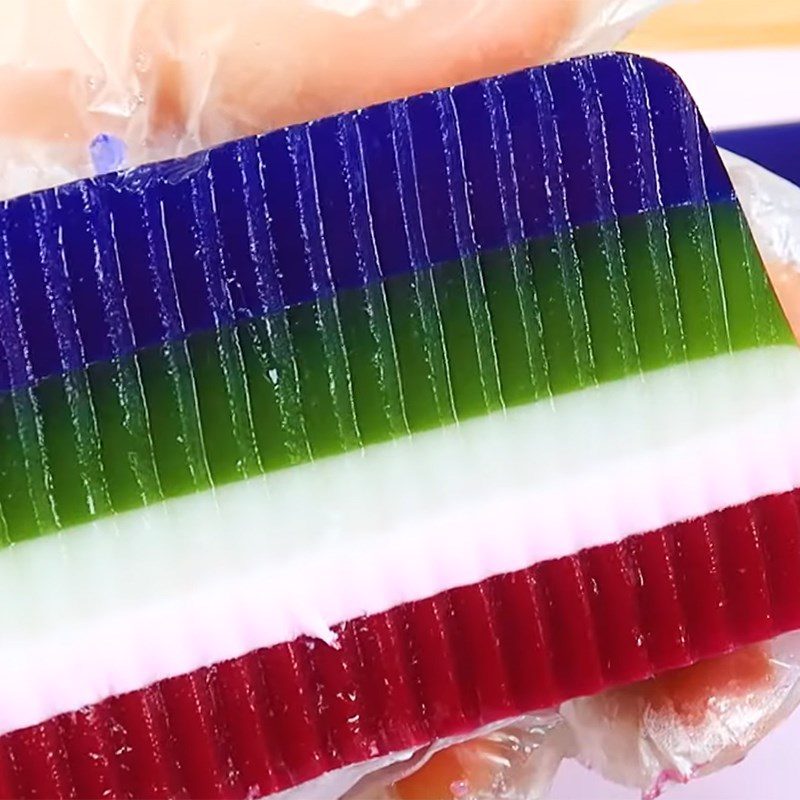
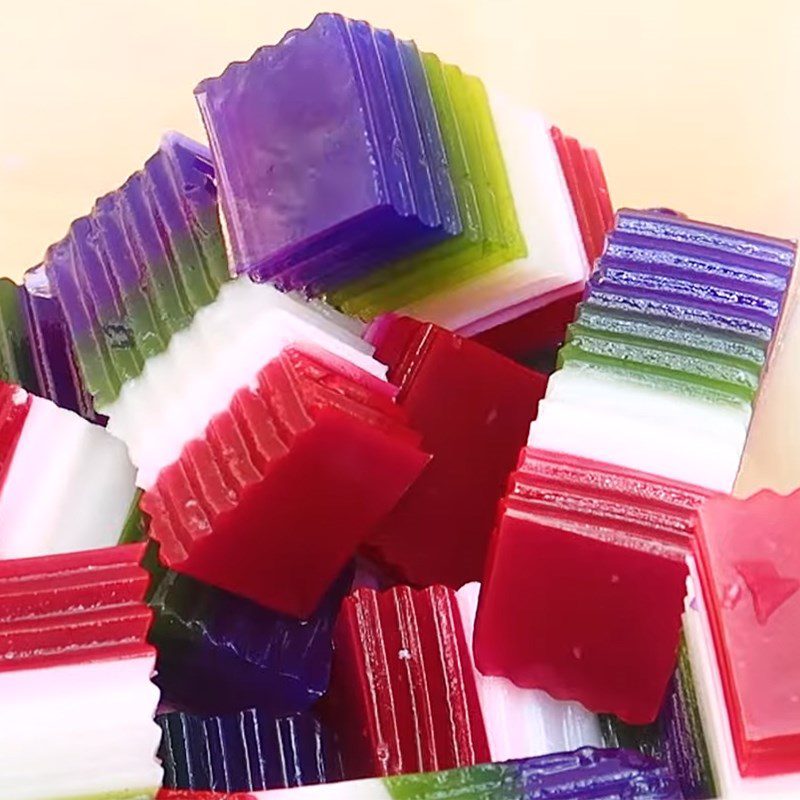
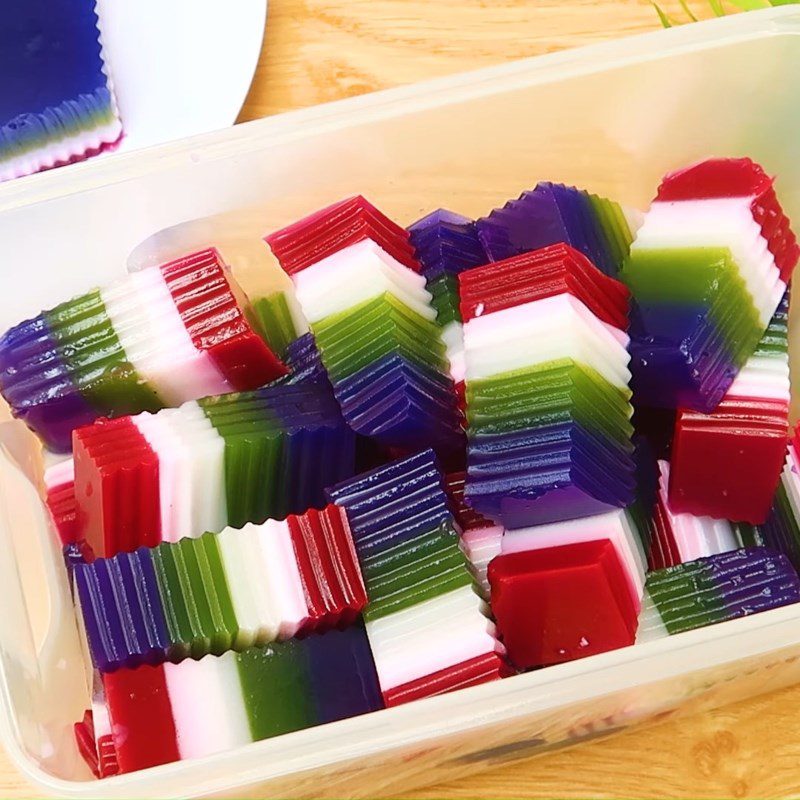
See more:
The article above has provided you with a way to cook the multi-colored jelly that is visually appealing, delicious, and not too complicated, which anyone can make for the whole family to enjoy. Wishing you success with this recipe!
*Refer to images and the recipe from the YouTube channel: What to Eat Here?
